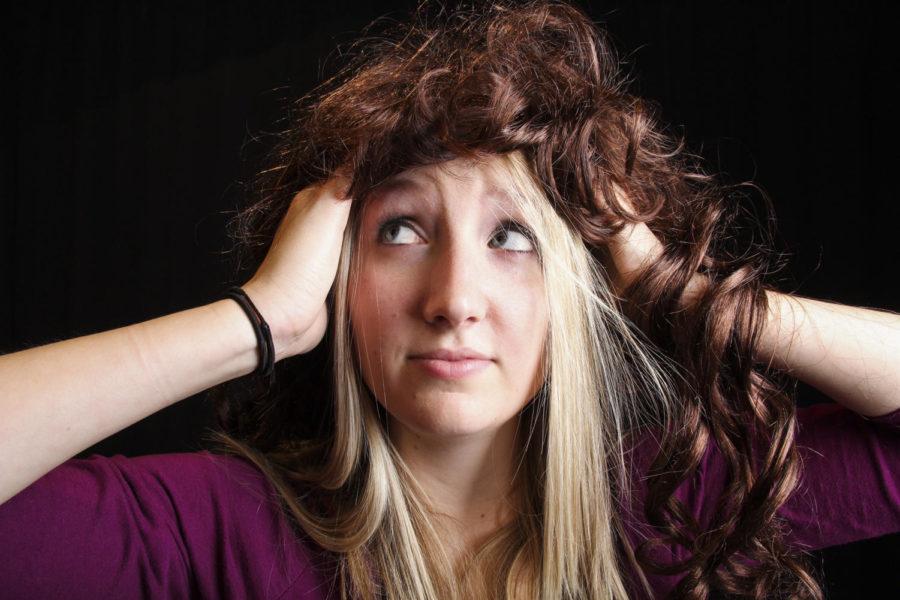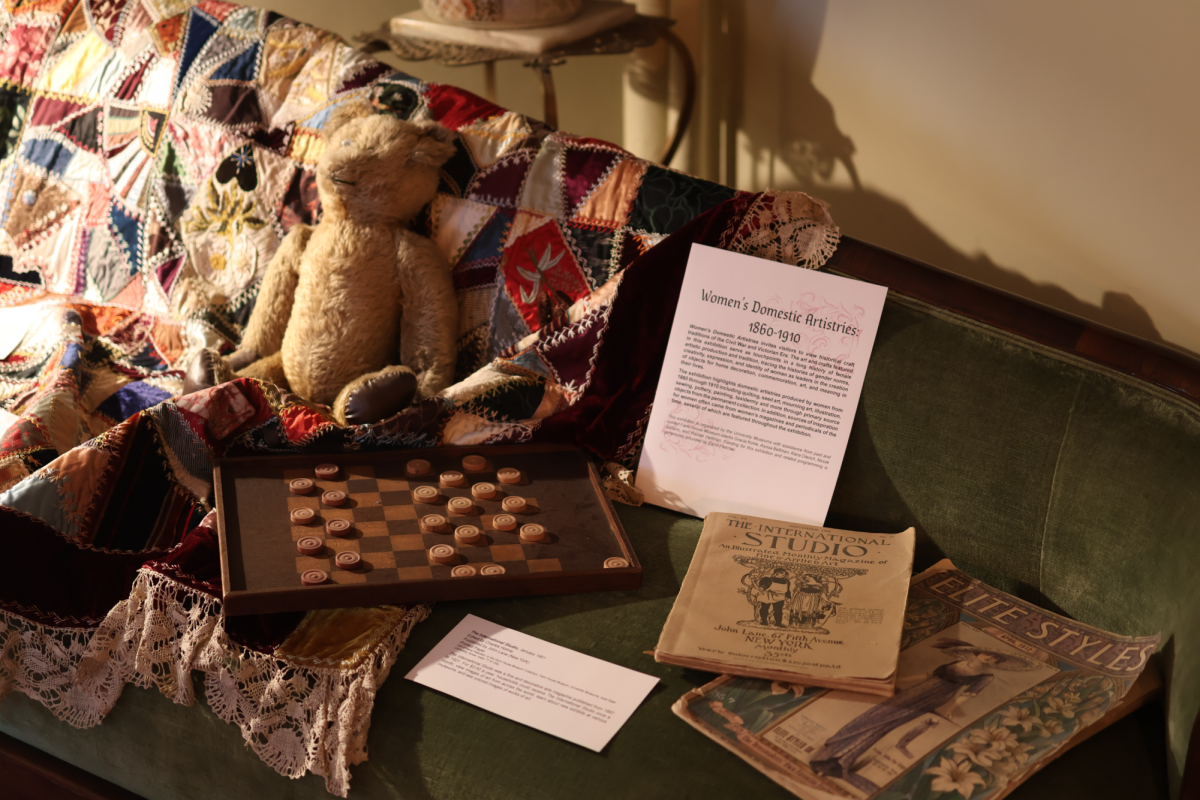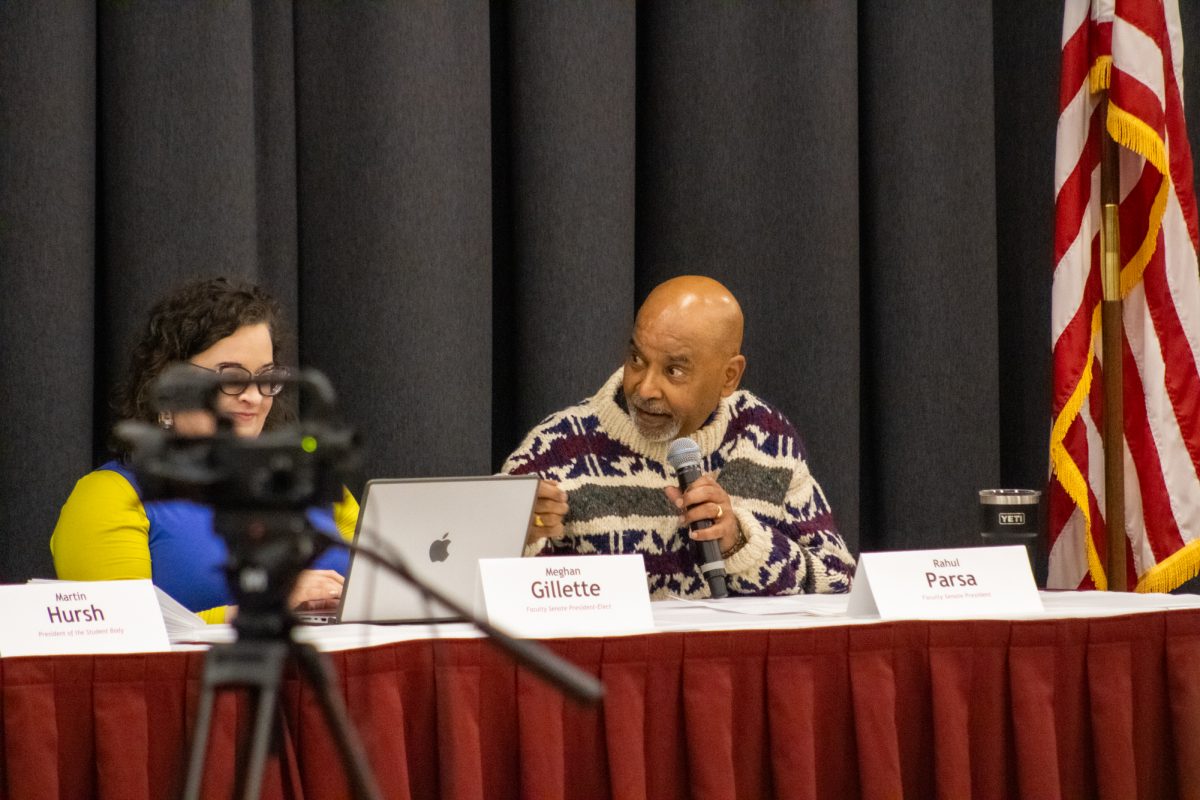Hair stereotypes to dye for
Kelby Wingert/Iowa State Daily
While stereotypes aren’t always true, the color of one’s hair can change others’ perception.
February 6, 2015
Blondes have more fun, or so they say.
For years, people have dyed their hair different colors. But by changing their hair color, they may also be changing their societal stereotype as well.
“Any time you take a stereotype and apply it to a group of people, it’s not going to be accurate at all. There is hardly going to be any truth to it,” said Kevin Blankenship, associate professor in psychology and communication studies. “There is the idea of a kernel of truth that maybe there was something there initially.”
Stereotypes are summary beliefs or characteristics we have about people generally, Blankenship said.
“We tend to have stereotypes about people we have never met and probably never will encounter,” said Kristi Costabile, assistant professor in psychology and communications studies. “It’s probably not from interacting with people that we learn these stereotypes. [Instead], it’s from getting information from others.”
Different things can contribute to stereotypes. Blankenship explains that one way is direct experiences, which means having an experience with someone with some type of characteristic and associating that with a quality that stands out in that person.
People can indirectly see rewards or punishments for particular behaviors or appearances.
For example, Penny, a blonde character in the show “The Big Bang Theory,” is depicted as ditzy or not as intelligent as the other females in the show, who are brunette.
“It does make sense that there are certain stereotypes that hold to certain aspects of people,” Costabile said. “Hair color could be the sort of thing that men and women are treated differently. You might notice that hair color might have an interaction with race.”
Blankenship said he thinks there are conscious cues that men may pick up on in a social atmosphere with women, making them more or less approachable.
He added that men may use those stereotypes to determine who they are attracted to or likely interested in. He said he believes people who have a preference in one hair color could be seen as bias or prejudice, however, it’s a personal choice.
“They could be straining the potential dating pool or friendship pool by doing something like that. I’m not sure if it explicitly harms those who are excluded,” Blankenship said.
Costabile said she believes that age might contribute to the way women and men are treated with different hair colors.
“It’s possible that as a woman ages, she starts getting treated differently,” Costabile said. “Maybe when she’s younger, people are more interested in her potentially as a romantic partner, but as she get’s older, people think she is someone to hang out with.”
As for joking matters, Blankenship addressed the use of humor where there are two perspectives. Any time someone makes light of a stereotype — such as hair color by saying, “blondes have more fun” — it justifies or validates the stereotype.
“It’s sneaking a way to make fun of or discriminates against a group,” Blankenship said.
The other perspective is quite the opposite. Some believe to make light of or draw attention to these differences that may or may not exist is a positive step. People who use this method may believe that this is a healthy way to make a dialogue of stereotypes.
“I’m sure people do take [stereotypes] seriously, I guess. I’ve never meant them seriously if I’ve said them,” said Marcie Stevenson, a graduate student in sustainable agriculture. “If people say them to me, I usually take them jokingly, but I’m a little more lighthearted about things like that.”
However, people’s intentions can affect how the jokes are perceived.
“Stereotypes are often really insidious, which means you don’t know when they are affecting your judgments,” Costabile said. “Even people who think they can make these jokes in good fun, it’s definitely possible they could treat people differently.”
In order to remove some of these predetermined ideas, Blankenship said he believes people should consider others on a more individual level, thinking about the qualities they possess and moving on from superficial aspects.
There are two effective ways to dissolve stereotypes in society, Costabile said.
One is presenting counter-stereotypical people in the media. Once society is exposed to more and more people who don’t fit the stereotype, the people are typically willing to see there are exceptions.
The second way is the called the contact hypothesis, which is making people interact more so they can realize how similar everyone is.
When asked if hair stereotypes mattered, freshman Todd Price said that it shouldn’t. However, he said he believes that hair stereotypes were gender-bias.
“When it’s redheads, it’s more men [being stereotyped], but when it’s blondes, it’s more women,” Price said. “If anyone takes that seriously, they are an ignorant person. I feel like people would know better than to judge people on [hair color].”







